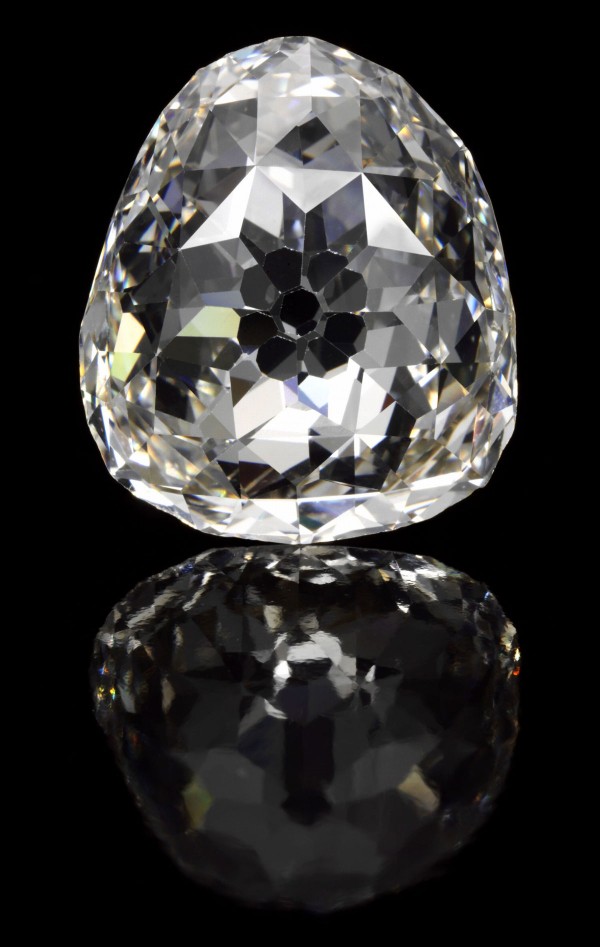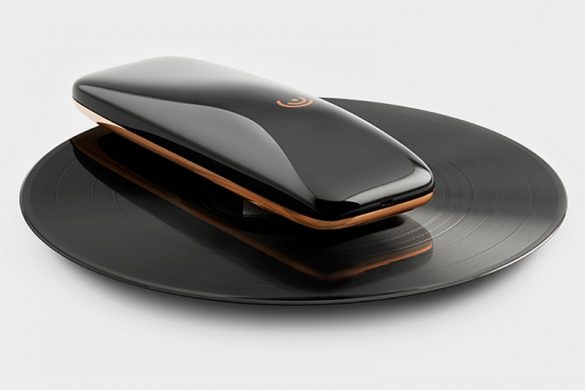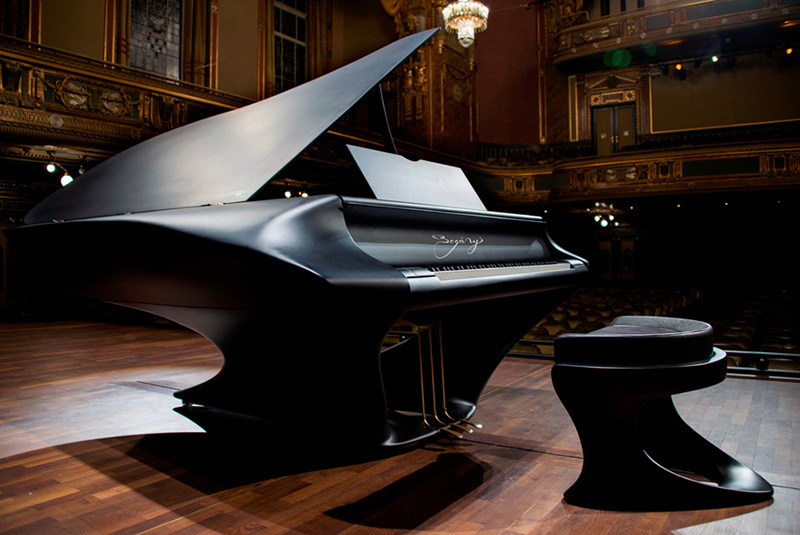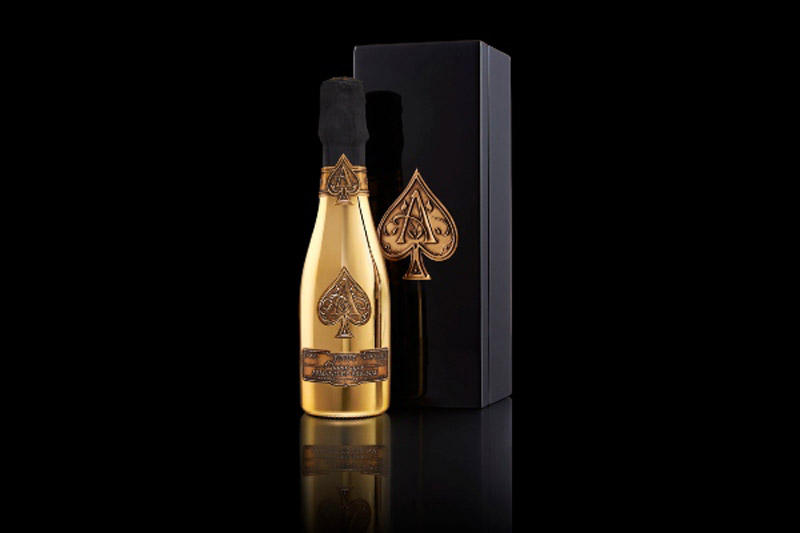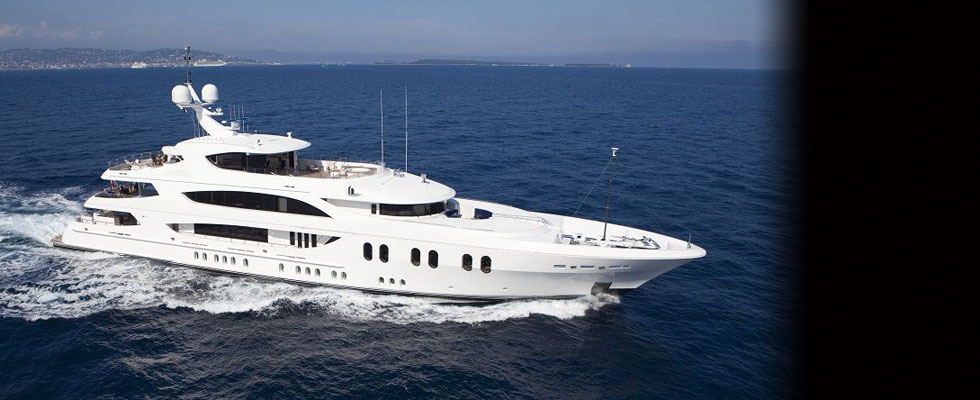The Beau Sancy, one of the most important diamonds in historic, having been passed down through the Royal Families of France, England, Prussia and the House of Orange and witness of 400 years of European history, will go under Sotheby’s hammer at Geneva on May 15. Weighing 34.98 carats, the modified pear double rose cut diamond comes to the market with an estimate of $2-4 million.
The stone has its origins at the mines in India near Golconda which was acquired by Nicolas de Harlay, Lord of Sancy, in Constantinople in the 1500s from where it gets its name. In 1604 the stone was purchased by French King Henry IV for 75,000 livres for his wife, Marie de Medici.
Commenting on the forthcoming sale of the Beau Sancy, David Bennett, Chairman of Sotheby’s Jewellery Department in Europe and the Middle East and Co-Chairman of Sotheby’s Switzerland said: “The Beau Sancy is one of the most fascinating and romantic gems ever to appear at auction and it is an immense privilege for Sotheby’s to handle the sale”.
The Beau Sancy will be showcased in an international tour before its auction in Geneva on 15 May 2012.
A diamond of supreme historical importance
Acquired by Nicolas de Harlay, Lord of Sancy (1546-1629), in Constantinople in the mid to late 1500’s, the Beau Sancy is most likely to have originated from the mines in southcentral India near the city of Golconda, the source of history’s best-known diamonds, including the Hope, the Koh-i-Noor and the Regent. In 1604, the Beau Sancy was bought for 75 000 livres (25 000 écus) by Henri IV and gifted to his wife, Marie de Medici. The Queen of France had long desired the stone, particularly after learning that de Sancy had sold a larger stone, today known as the “Sancy”, to King James I of England1. Testament to the importance her Majesty placed on the diamond, the Beau Sancy was mounted atop the crown she wore at her coronation in 1610, as shown in a magnificent portrait by Frans II Pourbus, the Younger, now in the Louvre.
Following Henri IV’s assassination by Ravaillac, the Queen was exiled in disgrace and escaped to the Netherlands. Heavily in debt, her possessions were sold and the Beau Sancy was acquired by Prince Frederick Hendrick of Orange-Nassau (1584-1647) for 80000 florins – the most important expenditure in the state’s budget in 1641. In the same year, in an attempt to reinforce the alliances of the United Provinces of Holland with the great European powers, the diamond was used to seal the arrangement of the wedding of Frederick Hendrick’s son, Willem, later Willem II of Orange Nassau (1631-1660), to Mary Stuart, daughter of Charles I of England and Henriette-Marie of France, and grand-daughter of Marie de Medici.
After the death of her husband, Mary Stuart embarked for England with her jewels in order to support her brother Charles II in his fight for the throne. In 1662, the Beau Sancy was pawned to settle her debts and it was only in 1677, on the occasion of the wedding of Willem III of Orange-Nassau (1650-1702) to Mary II Stuart, daughter of the King of England James II, that the diamond reentered the Treasure of the House of Orange-Nassau. In 1689, the couple ascended the throne of England and thus the Beau Sancy now joined the collection of the Queen of England. However, as the monarchs were childless at their death, the diamond went back to the House of Orange-Nassau.
In 1702, following the settlement of a dispute between the heirs to the House of Orange, Friedrich I who had just been crowned the first King of Prussia, gave up the jewels of his legacy to obtain the Beau Sancy. The symbolic value and the prestige of the celebrated gem were such that the King made it the principal ornament of the new royal crown of Prussia and associated it with the first order of Prussia, the Order of the Black Eagle.
The largest gemstone within the House of Prussia’s collection, the Beau Sancy passed down to each successive generation until today. Worn by the women of the family on important royal occasions, the diamond adorned the costume of each successive bride on the day of her princely wedding, much like it had in the past. When the last German Emperor and King of Prussia fled to exile in Holland, in November 1918, the crown jewels remained at the Kaiser’s palace in Berlin. At the end of World War II, the collection was transferred to a bricked-up crypt for safe keeping in Bückeburg, where it was later found by British troops and returned to the estate of the House of Prussia.
After the war, the diamond was subsequently passed down to the eldest son of the Kaiser, Kronprinz Wilhelm (1882-1951) and his son, Prince Louis Ferdinand (1907-1994). After the death of Prince Louis Ferdinand, the diamond was inherited as part of the estate by his grandson, Georg Friedrich (1976-), Prince of Prussia and current head of the Royal House of Prussia.
The Beau Sancy has been shown publicly only four times in the last 50 years: first in 1972, alongside the Grand Sancy in Helsinki, in 1985, in Hamburg at the Schmuck aus dem Hause Hohenzollern exhibition, in 2001, in Paris again alongside the Grand Sancy at the Musée National d’Histoire Naturelle, and finally in 2004, in Munich at the Schatzhäuser Deutschands exhibition. [ArtDaily]

